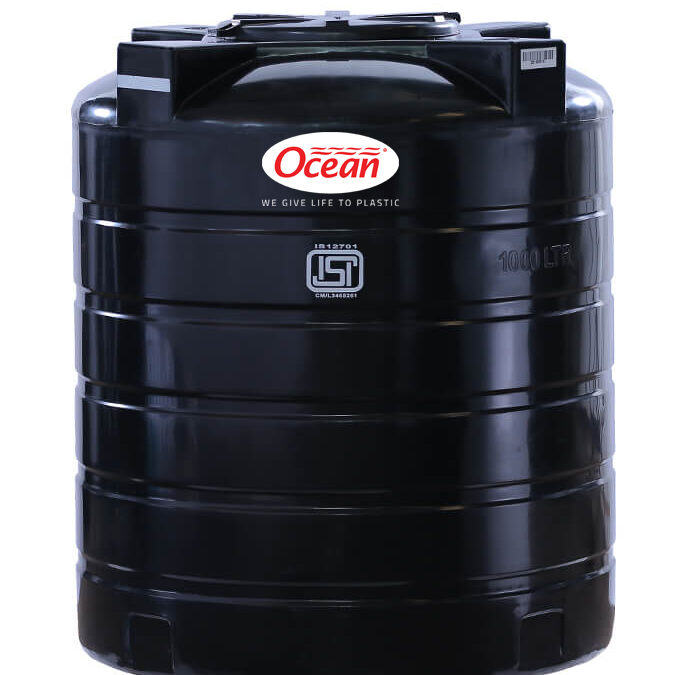Nowadays, plastic water storage tanks have become popular for the management of water usage at home, on a farm, or in any other kind of industry. Yet, diving into the installation process isn’t as simple as it may seem. There are many essential factors to consider during the installation process of your tank to maximize the benefits and make it last long.
Choosing the Right Water Tank
Material and Quality
The right material selection for a water storage tank is very crucial. Most of the plastic tanks are made of either polyethylene or polypropylene. If the water is expected to be for drinking, then the tank material must be food-grade. Antibacterial properties will also be very helpful in eliminating harmful bacteria that would otherwise multiply and make the water undrinkable or unsafe. Ensure that the rust-free design allows for longer lifetime use. UV-resistant tanks are best used for outdoor installations to avoid degradation caused by sunlight.
Size and Capacity
The choice of the appropriate tank size is influenced by the water needs. For residential consumers, the volume is determined by the amount of usage per day. It depends on the family size as larger families would need larger tanks in order to ensure adequate supply. The agricultural users should also consider their specific needs like irrigation and livestock needs, among other seasonal requirements. The right size of the tank would help prevent common issues such as over-flooding during the rainy seasons and lack of sufficient supply during droughts.
Location
Ground Stability
A stable, levelled area is essential for tank installation. Sites with heavy vegetation or loose soil should be avoided to prevent shifting and instability. The ground should be free of any sharp objects. Proper site preparation supports not only the weight of the tank but also prevents future damage. Local patterns of drainage should also be considered to avoid accumulation of water around the tank.
Accessibility and Protection
The location should be accessed easily for maintenance and cleaning of the tank. Select a site that does not contain a potential source of contamination, such as agricultural runoff, industrial waste, and septic systems. Being close to water sources and drainage system enhances efficient water management. Provide protection to safeguard the tank from any form of potential damage.
Plumbing and Connection Needs
Pipe Placement
Proper plumbing and connections are very important to the efficient working of your water storage tank. Begin with the planning of where to position inlet and outlet pipes to ensure efficient water flow. The inlet end should be positioned higher, and this can greatly minimize sediment build up and improve the quality of the water.
Overflow and leak-proof
An overflow pipe is essential for managing excess water during heavy rainfall, preventing potential overflows. Make sure that all connections are secure and watertight to avoid leaks, which can compromise the tank’s integrity and water quality.
